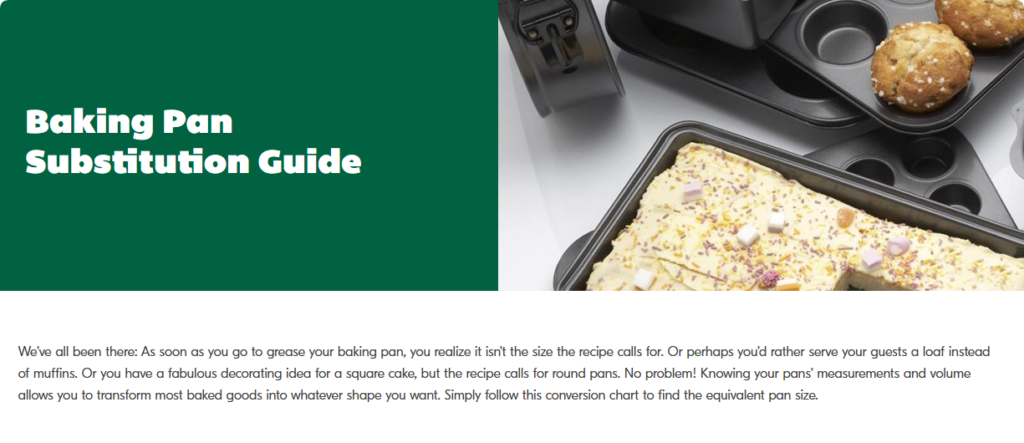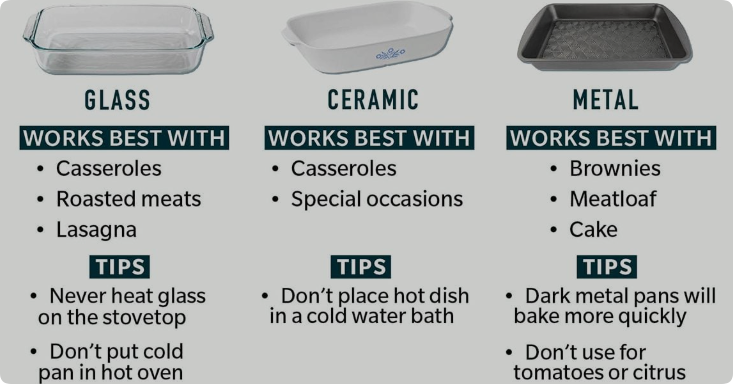A Comprehensive Guide for Professional Kitchenware Buyers
When it comes to baking, the size of the baking dish plays a crucial role in determining the success of your recipes. Whether you’re preparing a family meal, catering for a large event, or simply experimenting with new baking techniques, selecting the right size baking dish ensures that your food cooks evenly and retains its flavors. But with so many different options available, how do you determine the best size for your specific needs?
In this guide, we will explore the different factors to consider when choosing the ideal baking dish size. We’ll cover the pros and cons of various sizes, how to pick the right one for your cooking style, and offer expert insights into the most popular baking dish sizes used in kitchens worldwide. Additionally, we’ll provide a comparison table to help you decide between the various sizes based on common use cases, offering practical advice from the perspective of a B2B ceramic dinnerware supplier.
Understanding Baking Dish Sizes: What You Need to Know
Baking dishes come in a range of sizes, from small individual servings to large family-sized portions. The most common sizes include:
- Small (1-2 quarts) – Ideal for individual servings, small casseroles, or desserts.
- Medium (3-4 quarts) – Perfect for casseroles, lasagna, and side dishes for 4-6 people.
- Large (5-9 quarts) – Suited for larger families, parties, or baking in bulk.
However, it’s not just about volume. The dimensions of the dish also play a role in determining how much food it can hold, and the shape (square, rectangular, round, or oval) can influence how your dish bakes. A square 9×9-inch dish, for instance, is typically smaller in volume than a 9×13-inch rectangular dish, though both can hold similar amounts of food depending on the depth.
Factors to Consider When Choosing the Right Baking Dish Size
1. Type of Recipe
The type of dish you’re preparing should guide your choice of baking dish size. For example, a single-layer lasagna might need a larger rectangular dish, while a smaller dessert like a fruit cobbler could work better in a smaller, round dish.

2. Portion Size
For professional kitchens, portion control is key. Small or medium baking dishes are great for creating individual servings or for smaller batches of baked goods. On the other hand, if you’re catering for larger groups, larger baking dishes help speed up the process and ensure consistency.
3. Cooking Time
The size and shape of the dish can affect cooking time. Larger dishes, especially deep ones, may require more time to cook food thoroughly. Similarly, smaller dishes heat up quickly, making them ideal for faster cooking or reheating.
4. Storage Space
Consider your kitchen storage capabilities. Larger baking dishes, while ideal for family-sized meals, require more space in the cabinet. In contrast, smaller dishes are more compact and can be stacked or stored more easily.
5. Versatility
Some baking dishes are more versatile than others, able to handle a wide range of recipes. Medium to large rectangular or oval dishes tend to be highly versatile and can be used for casseroles, baked pastas, and more. Smaller dishes are more limited but work well for individual servings or desserts.
Popular Baking Dish Sizes and Their Uses
To help you navigate the wide array of options, here’s a breakdown of the most common baking dish sizes and their typical uses. This table will help you decide which size is most suitable for your culinary needs:
| Size | Volume | Dimensions | Best For | Pros | Cons |
|---|---|---|---|---|---|
| Small (1-2 quarts) | 1-2 quarts | 7×5 inches, 8×6 inches | Individual servings, side dishes, small casseroles | Perfect for small portions, easy to store, quick cooking time | Limited for larger meals, may require multiple dishes |
| Medium (3-4 quarts) | 3-4 quarts | 9×9 inches, 10×7 inches | Casseroles, baked pasta, desserts for 4-6 people | Great balance of size and versatility, good for families | May not be enough for large gatherings |
| Large (5-9 quarts) | 5-9 quarts | 9×13 inches, 12×9 inches | Family-sized casseroles, lasagna, roasting vegetables | Ideal for large groups, allows for more even cooking | Takes up more space, longer cooking time |
Small Baking Dishes (1-2 Quarts)
Small baking dishes are perfect for making single servings or preparing small casseroles, desserts, and side dishes. These are typically around 7×5 inches or 8×6 inches and hold between 1 to 2 quarts of food. For professional kitchens, small baking dishes are often used for individual portions or to test recipes before scaling up. They’re easy to store and heat quickly, making them ideal for busy kitchen environments.
When to Use:
- Personal-sized casseroles
- Individual baked desserts (like soufflés or cobblers)
- Reheating small portions of food
Pros:
- Quick and easy to cook with
- Compact and easy to store
- Perfect for individual servings or small recipes
Cons:
- Not practical for large gatherings or family meals
- Multiple dishes may be needed for larger portions
Medium Baking Dishes (3-4 Quarts)
The medium baking dish is the most commonly used size in both professional kitchens and home cooking. With a capacity of 3 to 4 quarts and typical dimensions of around 9×9 inches, this size is great for casseroles, lasagna, baked pastas, and smaller roasts. Medium dishes offer versatility, allowing for both small family meals and group servings. They are easy to handle, relatively quick to cook, and store comfortably in most kitchens.
When to Use:
- Casseroles for 4-6 people
- Lasagna or baked pasta dishes
- Roasting vegetables or small meats
Pros:
- Versatile and practical for most recipes
- Easy to store and handle
- Suitable for small to medium-sized families
Cons:
- May not be large enough for large events or parties
- Cooking time can vary depending on depth and dish shape
Large Baking Dishes (5-9 Quarts)
Large baking dishes, often 9×13 inches or 12×9 inches in size, are ideal for preparing large batches of food. These dishes can hold anywhere from 5 to 9 quarts of food and are great for serving larger families or catering events. If you’re cooking for more than 6-8 people, a large dish is essential. Large baking dishes are especially useful for casseroles, lasagna, and even roasting meats. The size also helps ensure even cooking and a good texture for larger portions.
When to Use:
- Family-style casseroles, lasagna, or roasts
- Large sheet cakes and desserts
- Cooking in bulk for parties or events
Pros:
- Ideal for large groups and gatherings
- More even heat distribution for larger meals
- Efficient for batch cooking
Cons:
- Takes longer to cook due to the increased volume
- Requires more storage space
- Can be heavy and difficult to handle
Choosing the Right Material for Baking Dishes

While size is an important consideration, the material of your baking dish also plays a crucial role in performance. For B2B buyers looking to stock up on baking dishes, the material should align with the needs of your clients. Here’s a quick rundown of common materials used in baking dishes:
- Ceramic: Offers excellent heat retention and even cooking. Ideal for even browning and retention of heat.
- Glass: Transparent, allowing you to monitor the cooking process. It’s also non-reactive, so it’s great for acidic dishes.
- Metal: Lightweight and quick to heat, but may cause uneven cooking if not well-maintained. Common for professional kitchens.
- Stoneware: Known for its rustic look and excellent heat retention. It’s durable and can often go straight from oven to table.
Conclusion: What Size Baking Dish Should You Choose?
In the end, the best size baking dish depends on your specific cooking needs, portion sizes, and space availability. Whether you need a small dish for individual portions or a large dish for family-sized casseroles, understanding the nuances of baking dish sizes will help you make the right decision. For B2B buyers, stocking a range of sizes and materials ensures versatility and meets the diverse needs of your customers.
EKA, as a leading ceramic dinnerware manufacturer in Chaozhou, offers a wide range of high-quality baking dishes suitable for both small and large-scale orders. Whether you’re in the hospitality industry, retail, or the restaurant business, we provide customized ODM and OEM solutions tailored to your needs. If you’re looking for durable, high-performance baking dishes, feel free to reach out for our product catalog.

